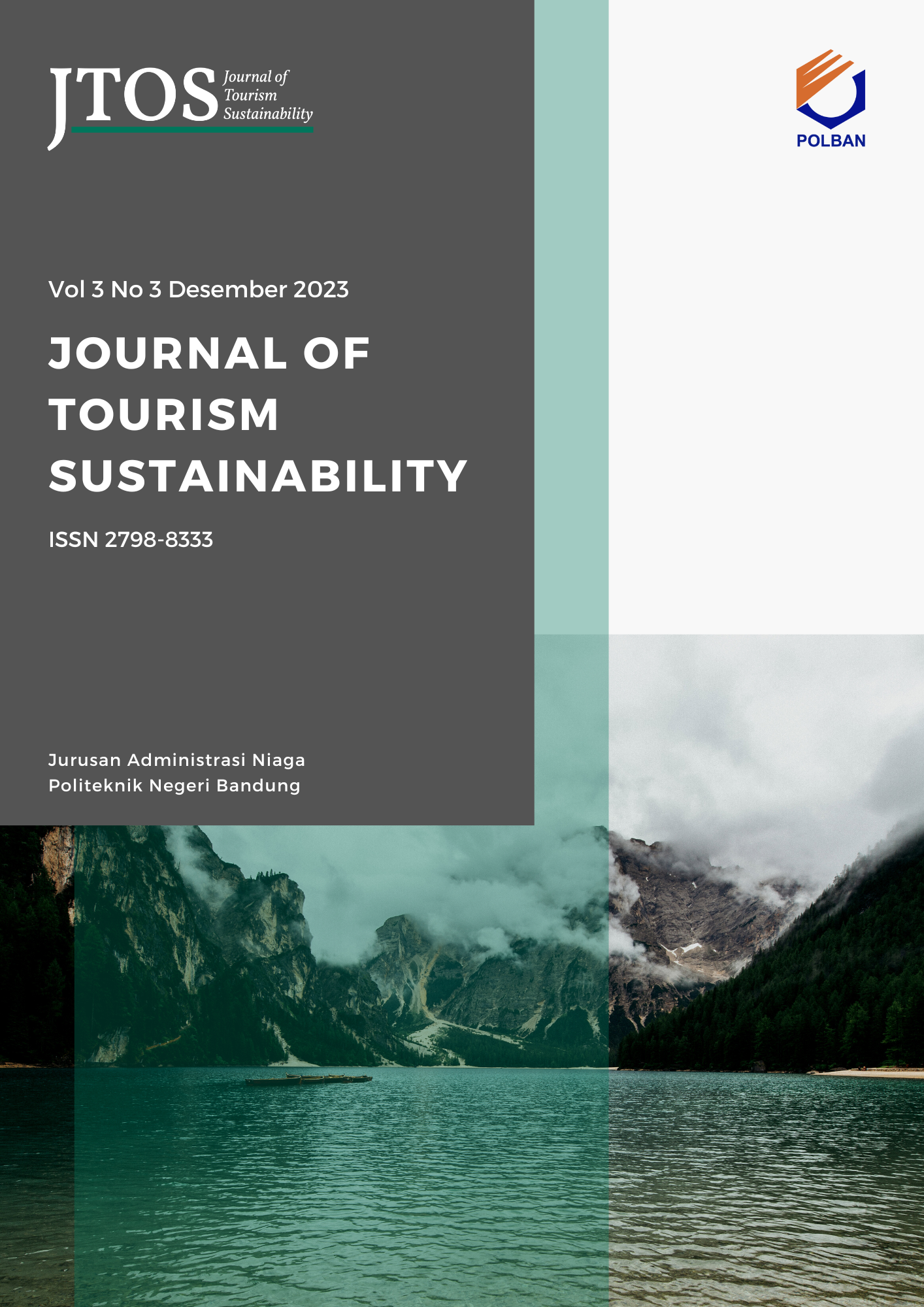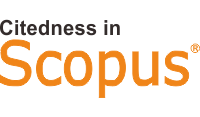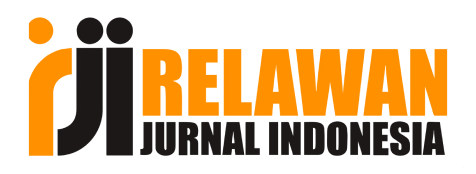Strategic Prioritization for Sustainable Urban Tourism in Bandung Raya: An Analytical Hierarchy Process Approach
DOI:
https://doi.org/10.35313/jtospolban.v5i1.154Keywords:
sustainable urban tourism, Bandung Raya, Analytical Hierarchy Process (AHP), strategy prioritization, cultural heritage, smart mobilityAbstract
Urban tourism has become a key driver of economic and spatial transformation in many cities of the Global South, including Bandung Raya, Indonesia. While tourism offers substantial opportunities for cultural revitalization and economic growth, it also imposes pressures on infrastructure, mobility, and local communities. This study aims to identify and prioritize sustainable urban tourism strategies for Bandung Raya using the Analytical Hierarchy Process (AHP), a multi-criteria decision-making method that integrates expert judgment and structured prioritization. Drawing on input from 15 experts representing government, academia, industry, and civil society, the research evaluates five alternative strategies—heritage revitalization, smart mobility systems, digital tourism platforms, community-based tourism (CBT), and green urban infrastructure—across five sustainability criteria: accessibility, infrastructure, tourist attractions, community engagement, and environmental sustainability. The results indicate that heritage revitalization ranks highest, followed by smart mobility systems and digital tourism platforms, reflecting the perceived importance of Bandung's cultural identity and accessibility challenges. Conversely, CBT and green infrastructure, while scoring well under specific criteria, ranked lower globally due to the lower weight assigned to social and environmental dimensions. The findings highlight the need to balance short-term priorities with long-term sustainability goals and suggest the utility of AHP as a decision-support tool for inclusive and strategic urban tourism planning. The study offers actionable insights for policymakers and contributes to the broader discourse on sustainable urban tourism in developing city contexts.
References
Ahirward, V., Gupta, R., & Kumar, A. (2023). Impacts of Tourism on Development of Urban Areas in Indian Cities: A Systematic Literature Review. Journal of Environmental Management and Tourism, 14(8), 2993. https://doi.org/10.14505/jemt.v14.8(72).02
Andjanie, I. F., & Putro, H. P. H. (2023). Creativity and Tourism: Four Creative Cities in Indonesia. International Journal on Recent Trends in Business and Tourism, 07(03), 74–93. https://doi.org/10.31674/ijrtbt.2021.v07i03.006
Ashworth, G., & Page, S. J. (2011). Urban tourism research: Recent progress and current paradoxes. Tourism Management, 32(1), 1–15. https://doi.org/10.1016/j.tourman.2010.02.002
Gao, B. W., Zhu, C., Song, H., & Dempsey, I. M. B. (2022). Interpreting the Perceptions of Authenticity in Virtual Reality Tourism Through Postmodernist Approach. Information Technology & Tourism, 24(1), 31–55. https://doi.org/10.1007/s40558-022-00221-0
Gao, Q., Zhong, C., & Wang, Y. (2024). Unpacking Urban Scaling and Socio-Spatial Inequalities in Mobility: Evidence From England. Environment and Planning B Urban Analytics and City Science, 51(7), 1531–1547. https://doi.org/10.1177/23998083241234137
Gao, Y., & Liao, Y. (2023). Urban Tourism Traffic Analysis Zone Division Based on Floating Car Data. Promet - Traffic&transportation, 35(3), 395–406. https://doi.org/10.7307/ptt.v35i3.104
Gimnastian, D. F., Yasirandi, R., & Oktaria, D. (2022). Analysis and Design of a Route Recommendation System and Bicycle Rental Fees at Tourist Destinations with Genetic Algorithms. Jurnal Media Informatika Budidarma, 6(2), 837. https://doi.org/10.30865/mib.v6i2.3749
Guo, W., & Liu, T. (2024). Research on the Sustainable Development of Urban Tourism Economy: A Perspective of Resilience and Efficiency Synergies. Sage Open, 14(3). https://doi.org/10.1177/21582440241271326
Han, S. (2022). Spatial Stratification and Socio-Spatial Inequalities: The Case of Seoul and Busan in South Korea. Humanities and Social Sciences Communications, 9(1). https://doi.org/10.1057/s41599-022-01035-5
Hsu, W.-L., Chang, Y.-J., Mou, L., Huang, J.-W., & Liu, H. (2024). The Distribution and Accessibility of Elements of Tourism in Historic and Cultural Cities. Big Data and Cognitive Computing, 8(3), 29. https://doi.org/10.3390/bdcc8030029
Kosova, R., Qendraj, D. H., & Xhafaj, E. (2022). Meta-Analysis ELECTRE III and AHP in Evaluating and Ranking the Urban Resilience. Journal of Environmental Management and Tourism, 13(3), 756. https://doi.org/10.14505/jemt.v13.3(59).15
Kosova, R., Subashi, D. X., Halidini, D. Q., & Kullolli, T. (2023). McDa for Evaluating the Competitiveness of Tourist Destinations in Albania. International Journal of Advanced Natural Sciences and Engineering Researches. https://doi.org/10.59287/as-ijanser.569
Kusumah, E. P. (2023). Sustainable Tourism Concept: Tourist Satisfaction and Destination Loyalty. International Journal of Tourism Cities, 10(1), 166–184. https://doi.org/10.1108/ijtc-04-2023-0074
Lu, W., Yong-jun, S. U., Su, S., Jie, Z., & Zhang, L. (2022). Perceived Authenticity and Experience Quality in Intangible Cultural Heritage Tourism: The Case of Kunqu Opera in China. Sustainability, 14(5), 2940. https://doi.org/10.3390/su14052940
Maleachi, S., Juliana, J., Sianipar, R., & Sitorus, N. B. (2023). Tourism Development With Quality Tourism Approach in Ulos Hutaraja Village. Jurnal Ilmiah Global Education, 4(4), 2356–2370. https://doi.org/10.55681/jige.v4i4.1288
Mitra, S., Hrangkhawl, J., & Stabak, R. (2023). Assessment of Geo-Environmental and Ethnocultural Tourism of Jampui Hill, Tripura (India) Through Perceptual Approach. Turizam, 27(3), 148–170. https://doi.org/10.5937/turizam27-39127
Nedeljković, M., Puška, A., Đurić, A., & Polcyn, J. (2022). Evaluation of Rural Tourism in the Area of Brčko District Using Multi-Criterial Decision-Making Methods. International Review, 3–4, 136–144. https://doi.org/10.5937/intrev2204143n
Nuriyev, A. (2022). Fuzzy McDm Models for Selection of the Tourism Development Site: The Case of Azerbaijan. F1000research, 11, 310. https://doi.org/10.12688/f1000research.109709.1
Park, J., Tse, S., Mi, S. D. B., & Song, H. (2022). A Model for Cross-Border Tourism Governance in the Greater Bay Area. Journal of China Tourism Research, 18(6), 1259–1283. https://doi.org/10.1080/19388160.2022.2036664
Pesimo-Abundabar, A., & Pongpong, M. A. (2023). Assessing the Local Tourism Infrastructure and Services Towards Tourism Development of San Jose. International Journal of Applied Research in Tourism and Hospitality, 1(2), 97–116. https://doi.org/10.52352/ijarthy.v1i2.805
Phuangpornpitak, W., Boonchom, W., Suphan, K., Chiengkul, W., & Tantipanichkul, T. (2024). Application of TOPSIS-LP and New Routing Models for the Multi-Criteria Tourist Route Problem: The Case Study of Nong Khai, Thailand. Engineering Technology & Applied Science Research, 14(4), 14929–14938. https://doi.org/10.48084/etasr.7523
Raihan, A. N., Umrotun, U., & Musiyam, M. (2024). Analysis of Strategies of Geo-Tourism Development in Boyolali, Indonesia. Iop Conference Series Earth and Environmental Science, 1357(1), 12003. https://doi.org/10.1088/1755-1315/1357/1/012003
Resmi, I. C., Dhewanto, W., & Dellyana, D. (2023). Gastronomy Tourism: Local Food and Tourism Experience in Bandung. The Journal Gastronomy Tourism, 10(2), 195–202. https://doi.org/10.17509/gastur.v10i2.63659
Saaty, R. W. (1987). The analytic hierarchy process—what it is and how it is used. Mathematical Modelling, 9(3–5), 161–176. https://doi.org/10.1016/0270-0255(87)90473-8
Safriana, L., Nurhayati, N., Widiyani, & Suharjito, D. (2024). Distributing and Mapping Museums Effective Routes: A Particle Swarm Optimization Approach (Bandung Municipality Case). Iop Conference Series Earth and Environmental Science, 1359(1), 12081. https://doi.org/10.1088/1755-1315/1359/1/012081
Santiesteban, M. L., Prada, M. C., Arce, Y. P. C., & Guerrero-Mosquera, N. (2023). Multi-criteria Model for Measuring the Potential of Cultural Identity in the Tourism Development of Sincelejo, Colombia. Sustainability, 15(20), 15082. https://doi.org/10.3390/su152015082
Satrya, I. D. G., Adityaji, R., Susilo, C., Karya, D. F., & Hendra, H. (2024). The Role of Authenticity, Local Culture, Tourism Perceived Value, and Memorable Tourism Experience for Heritage Tourism Revisit Intention. International Journal of Sustainable Development and Planning, 19(3), 1163–1170. https://doi.org/10.18280/ijsdp.190334
Song, J., & Xu, B. (2024). Evaluation Model of Urban Tourism Competitiveness in the Context of Sustainable Development. Frontiers in Public Health, 12. https://doi.org/10.3389/fpubh.2024.1396134
Srdjević, B., Srdjević, Z., Reynolds, K. M., Lakićević, M., & Ždero, S. (2022). Using Analytic Hierarchy Process and Best–Worst Method in Group Evaluation of Urban Park Quality. Forests, 13(2), 290. https://doi.org/10.3390/f13020290
Štofková, J., Krejnus, M., Štofková, K. R., Malega, P., & Biňasová, V. (2022). Use of the Analytic Hierarchy Process and Selected Methods in the Managerial Decision-Making Process in the Context of Sustainable Development. Sustainability, 14(18), 11546. https://doi.org/10.3390/su141811546
Tang, J., Cai, C., Liu, Y., & Sun, J. (2022). Can Tourism Development Help Improve Urban Liveability? An Examination of the Chinese Case. Sustainability, 14(18), 11427. https://doi.org/10.3390/su141811427
Tovmasyan, G., & Gevorgyan, M. (2022). The History, Culture and Architecture as a Potential of Urban Tourism Development: Evidence From Armenia. Socio-economic Challenges, 6(2), 42–49. https://doi.org/10.21272/sec.6(2).42-49.2022
Wang, J., Deng, Y., Qalati, S. A., & Qureshi, N. A. (2022). Urban Resilience and Transportation Infrastructure Level in the Yangtze River Delta. Frontiers in Environmental Science, 10. https://doi.org/10.3389/fenvs.2022.893964
Wang, N. (2024). Using the Fuzzy Method and Multi-Criteria Decision Making to Analyze the Impact of Digital Economy on Urban Tourism. International Journal of Computational Intelligence Systems, 17(1). https://doi.org/10.1007/s44196-024-00517-5
Xhafaj, E., Qendraj, D. H., Xhafaj, A., & Gjikaj, N. (2022). A Hybrid Integration of PLS-SEM, AHP, and FAHP Methods to Evaluate the Factors That Influence the Use of an LMS. International Journal of Decision Support System Technology, 14(1), 1–17. https://doi.org/10.4018/ijdsst.286697
Yang, R. (2023). Use and Experience of Tourism Green Spaces in Ishigaki City Before and During the COVID-19 Pandemic Based on Web Review Data. Sustainability, 15(12), 9554. https://doi.org/10.3390/su15129554
Zaghmout, B. (2024). Sustainable Urban Tourism Development in Doha: Balancing Economic Growth and Environmental Stewardship. Research Journal of Hospitality and Tourism Management, 3(1), 31–50. https://doi.org/10.52589/rjhtm-ngqvtb4o
Zhang, Y., & Li, Y. (2024). A Study on the Coupling Coordination of Urban Resilience and the Tourism Economy in the Beijing–Tianjin–Hebei Region. Sustainability, 16(12), 4946. https://doi.org/10.3390/su16124946
Zhao, Y., Shang, W., Qin, X., & Li, K. (2024). Developing an Evaluation Model for Urban Tourism Competitiveness: Combining Community Construction and Community Service to Foster Sustainable Development of Cities. Frontiers in Public Health, 12. https://doi.org/10.3389/fpubh.2024.1435291
Downloads
Published
Issue
Section
License
Copyright (c) 2025 Lilis Jayanti, Reno Anggara Mukti

This work is licensed under a Creative Commons Attribution-NonCommercial-ShareAlike 4.0 International License.



.png)

















